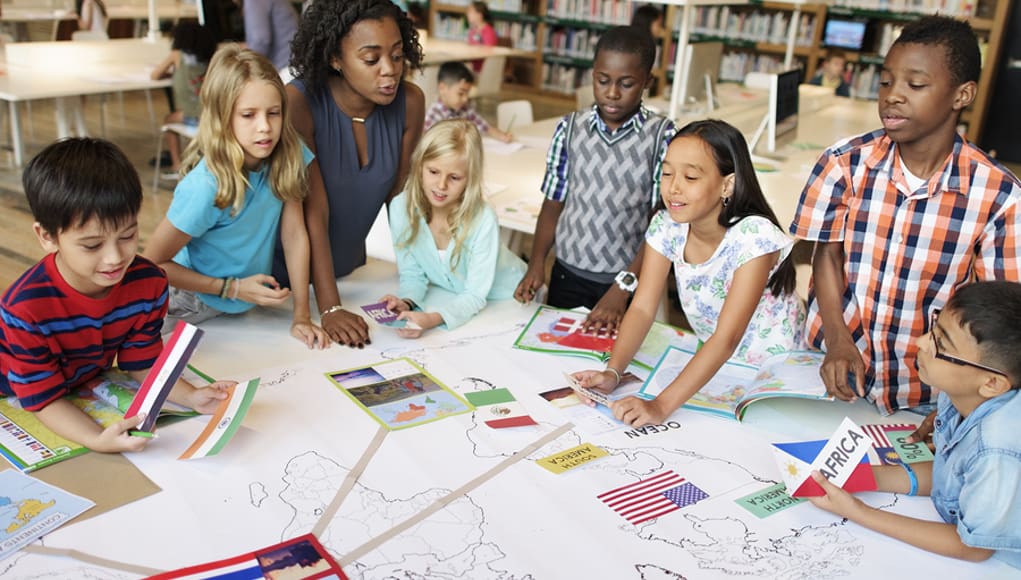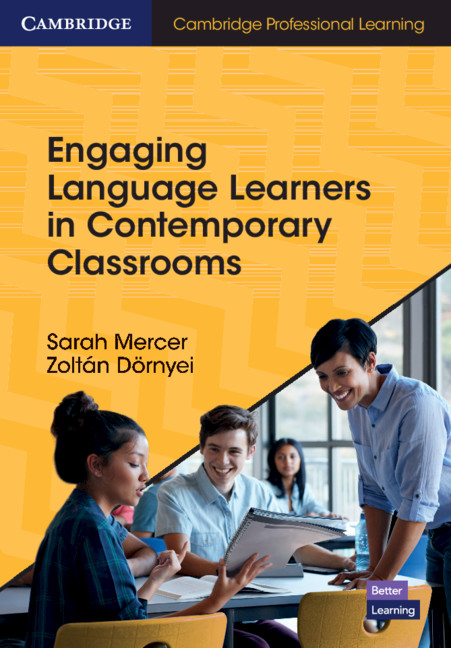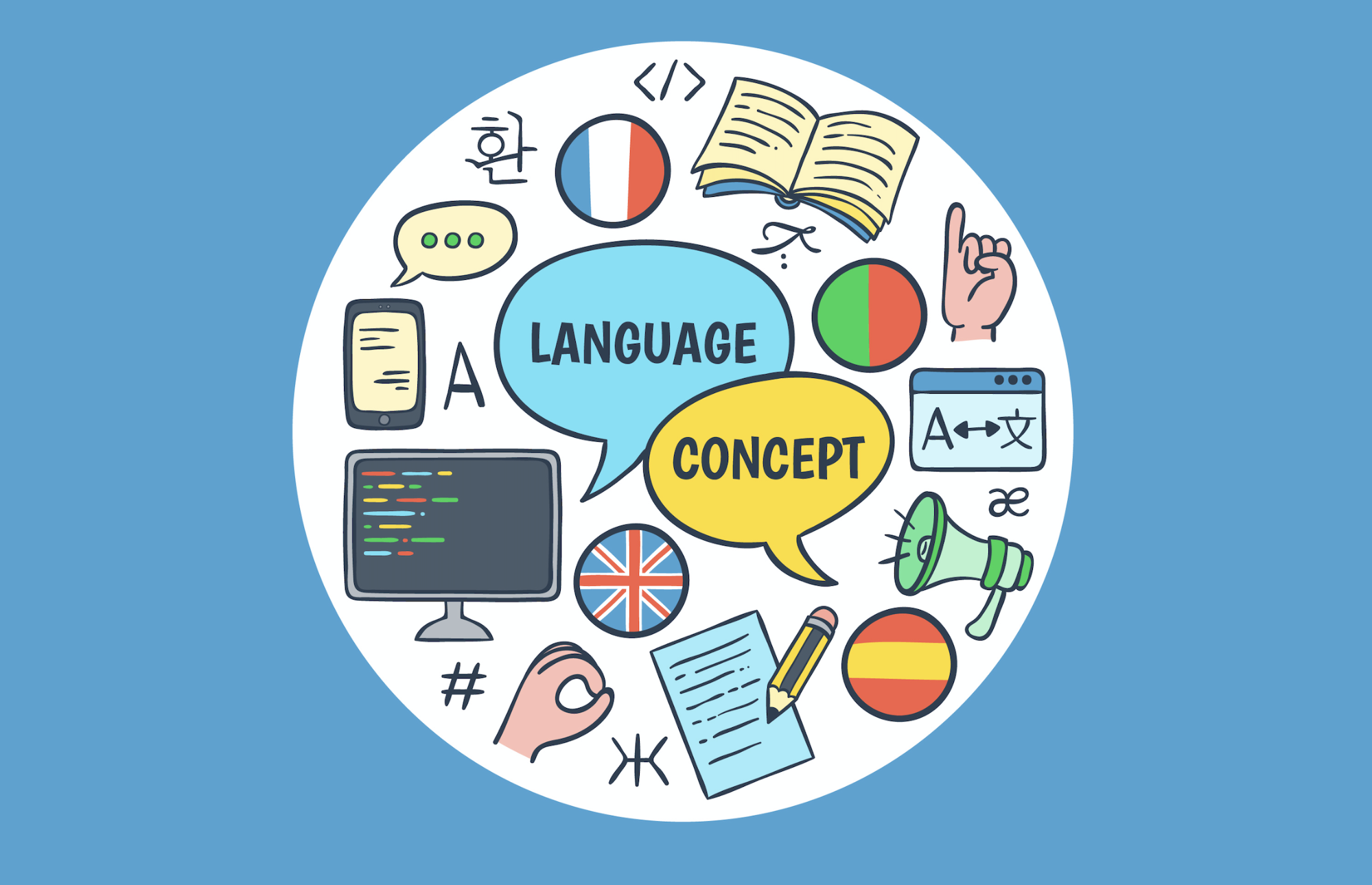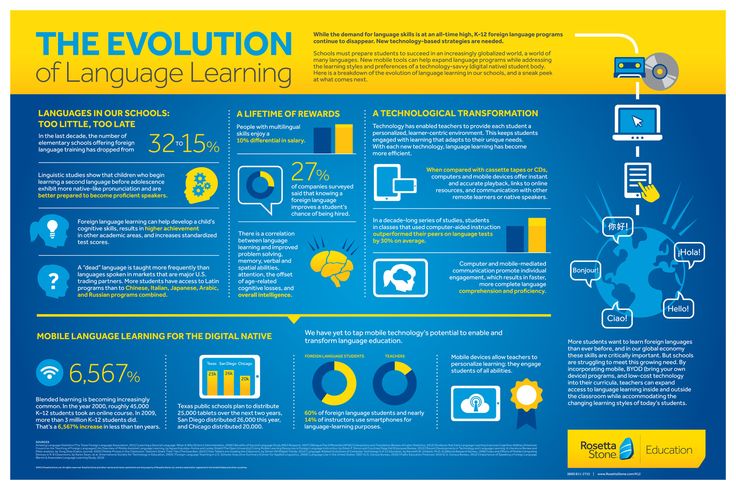Engaging Language Learning: The Evolution Of Games For Young Learners In 2025
Engaging Language Learning: The Evolution of Games for Young Learners in 2025
Related Articles: Engaging Language Learning: The Evolution of Games for Young Learners in 2025
Introduction
In this auspicious occasion, we are delighted to delve into the intriguing topic related to Engaging Language Learning: The Evolution of Games for Young Learners in 2025. Let’s weave interesting information and offer fresh perspectives to the readers.
Table of Content
Engaging Language Learning: The Evolution of Games for Young Learners in 2025

The year 2025 marks a significant shift in the landscape of early childhood education, with technology playing an increasingly central role in shaping learning experiences. This evolution is particularly evident in the realm of language acquisition, where interactive games designed to teach fundamental grammatical concepts, such as the verb "to be," are becoming increasingly sophisticated and engaging.
This article explores the evolution of games designed to teach the verb "to be" to young learners in 2025, highlighting the innovative approaches and pedagogical benefits they offer.
The Power of Play in Language Acquisition
Play is an inherent part of childhood, providing a natural platform for learning and development. Games, in particular, offer a unique blend of entertainment and cognitive stimulation, making them ideal tools for language acquisition. By engaging children in interactive activities that require them to use and understand language, games foster a deeper understanding of grammatical structures and vocabulary.
The "To Be" Verb: A Foundation of Language
The verb "to be" is a foundational element of English grammar, acting as the core of many sentence structures. Mastering its various forms (am, is, are, was, were) is crucial for constructing grammatically correct and meaningful sentences.
2025: A New Era of Interactive Learning
The year 2025 witnesses a remarkable transformation in the way children learn the verb "to be." Traditional methods, such as flashcards and repetitive drills, are being replaced by immersive and engaging games that leverage the power of technology and innovative design.
Interactive Storytelling and Gamification
One notable trend is the integration of interactive storytelling into games. These games present narratives that require children to use the verb "to be" in different contexts. For instance, a game might involve guiding a character through a virtual world, where the child needs to use "am," "is," or "are" to describe the character’s actions or environment.
Augmented Reality and Virtual Reality
Augmented reality (AR) and virtual reality (VR) are revolutionizing the way children learn. AR games can superimpose virtual elements onto the real world, creating interactive experiences that engage multiple senses. For example, a game might allow children to interact with virtual characters that ask questions requiring the use of the verb "to be," encouraging them to apply their knowledge in a real-world setting.
VR games, on the other hand, immerse children in virtual environments, creating a more immersive and engaging learning experience. Games can transport children to fantastical worlds where they interact with characters and objects, using the verb "to be" to describe their experiences.
Adaptive Learning Technology
Adaptive learning technology plays a crucial role in tailoring the learning experience to individual needs. These games assess a child’s understanding of the verb "to be" and adjust the difficulty level accordingly, ensuring that each child is challenged appropriately.
Personalized Learning Journeys
Games can be designed to provide personalized learning journeys, adapting to each child’s individual pace and learning style. This personalized approach enhances engagement and motivation, fostering a positive learning experience.
The Benefits of Games for Teaching the Verb "to Be"
- Increased Engagement: Games provide a fun and engaging learning environment, making language learning more enjoyable and motivating for children.
- Active Learning: Games encourage active participation, requiring children to use their language skills in a practical and interactive way.
- Contextual Learning: Games provide context for learning, helping children understand how the verb "to be" is used in real-world situations.
- Repetitive Practice: Games offer opportunities for repetitive practice, reinforcing the correct usage of the verb "to be" in a fun and engaging manner.
- Immediate Feedback: Games provide immediate feedback, allowing children to correct mistakes and learn from their errors.
- Building Confidence: Games foster a sense of accomplishment and confidence, encouraging children to experiment with language and take risks.
FAQs
Q: What are the age ranges for these games?
A: These games are designed for a wide range of ages, typically from preschool to early elementary school. The difficulty level and content are tailored to the specific age group.
Q: What platforms are these games available on?
A: These games can be found on various platforms, including tablets, smartphones, computers, and interactive learning systems.
Q: Are these games suitable for children with learning differences?
A: Many of these games are designed to be inclusive and accessible to children with diverse learning needs. Features such as adjustable difficulty levels and visual aids can cater to various learning styles.
Q: How can parents and educators choose the right games for their children?
A: It is essential to consider the child’s age, learning style, and interests when choosing games. Parents and educators can also consult with educational experts or review online reviews to find games that are appropriate and engaging.
Tips for Using Games to Teach the Verb "To Be"
- Start with Simple Games: Begin with games that introduce the basic forms of the verb "to be" in a playful and engaging way.
- Gradually Increase Difficulty: As children become more familiar with the verb, gradually introduce more complex concepts and sentence structures.
- Encourage Exploration: Allow children to explore the games independently, encouraging them to experiment with language and discover new ways to use the verb "to be."
- Create a Collaborative Learning Environment: Engage children in discussions about the games, encouraging them to share their learning experiences and strategies.
- Connect Games to Real-World Activities: Relate the concepts learned in the games to real-world situations, helping children see the relevance of language skills in their everyday lives.
Conclusion
The evolution of games designed to teach the verb "to be" to young learners in 2025 represents a significant advancement in early childhood education. These innovative games leverage the power of technology, engaging storytelling, and personalized learning to create immersive and effective learning experiences. By fostering engagement, promoting active learning, and providing immediate feedback, these games equip children with the fundamental language skills necessary for academic success and lifelong learning.








Closure
Thus, we hope this article has provided valuable insights into Engaging Language Learning: The Evolution of Games for Young Learners in 2025. We appreciate your attention to our article. See you in our next article!
You may also like
Recent Posts
- The Evolving Landscape Of Online Gaming In 2025: A Look At Emerging Trends And Innovations
- The Evolving Landscape Of Online Gaming On PS4 In 2025: A Glimpse Into The Future
- The Evolving Landscape Of Free Online Gaming: A Look Into Microsoft’s Vision For 2025
- The Evolution Of Online Slots: Exploring The Landscape Of Free Play In 2025
- The Enduring Charm Of 8-Bit: Exploring Online Retro Gaming In 2025
- The Evolving Landscape Of Free Virtual Games: A Glimpse Into 2025
- The Evolving Landscape Of Online Two-Player Games For Kids: A Look At 2025
- Wordplay In The Digital Age: Exploring The Evolution Of Online Word Games In 2025
Leave a Reply